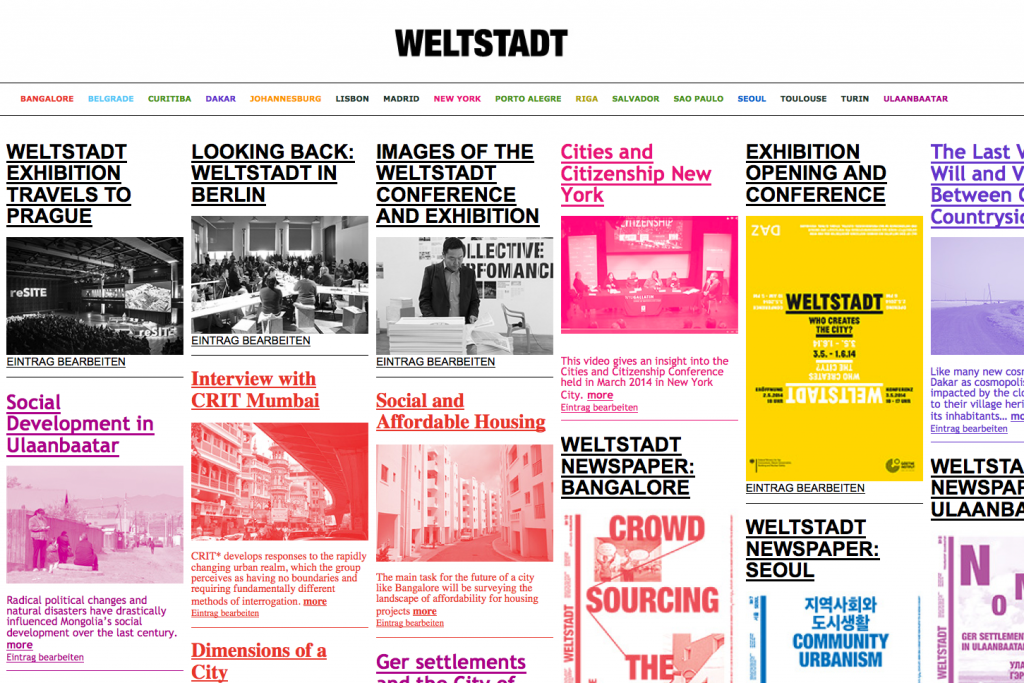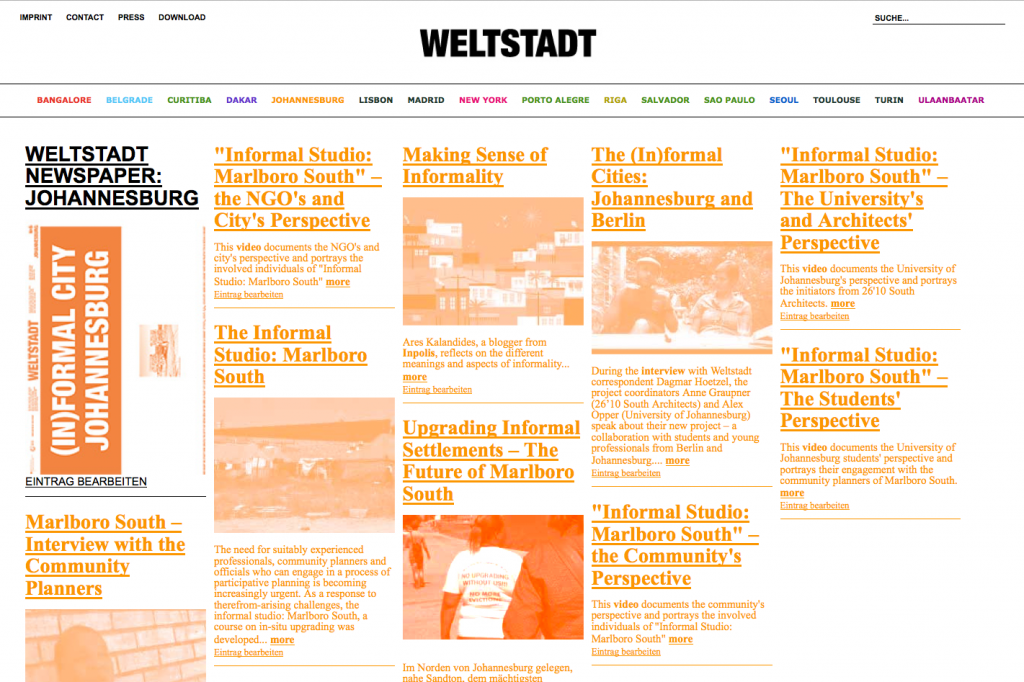
Blog, exhibition, conference and publication on new actors in city-making
Who creates the city? Who shapes its future? In the light of large and pressing challenges such as global warming, economic crisis, migration, social polarization or demographic change, this question is crucial. Will the usual experts, decision-makers and investors be the ones to shoulder these tasks, or will new players take the initiative? Globally, self-driven initiatives and participatory processes are on the increase in urban development. City planning as a highly specialized, centrally organized field is being enhanced, infiltrated or taken over by a new and often informal constellation of actors.
Against this backdrop, the project Weltstadt – Who creates the city? connects initiatives by the Goethe-Instituts and their local partners worldwide. All of them share a common interest in testing local forms of city-making and are engaged in compiling new constellations of urban actors for a better tomorrow. Weltstadt showcases such local cultures of urban creation and supports their further development. The Weltstadt blog, thematic newspapers, a traveling exhibition and local workshops promote dialogue and exchange among local actors in various Weltstadt locations as well as knowledge-transfer with Germany.
Under the guiding question „Who creates the city?“, Weltstadt creates dialogue and exchange between different formats and approaches from around the world: Between Johannesburg and Seoul experiences in further developing informal settlements are compared. In Brasil demands for participation on the part of the so-called “New Middle Class” are of particular relevance whereas in New York civil initiatives engage in the light of climate change. The potentials of cultural actors in activating abandoned urban spaces are in focus of the research conducted in Belgrade and Riga. In the crisis-ridden cities of Southern Europe Weltstadt investigates new forms of co-production and sharing while citizens in Bangalore share their ideas through a crowd-sourcing platform. The complex relationship between the city and its hinterland is exemplified in Dakar and Ulan Bator, where migrants become active in order to change the cities.
The potentials of informal structures and of new urban actors are the core questions of all these initiatives. Through not only focusing on the projects but also the people behind them, the project Weltstadt – who creates the city? wants to contribute to the understanding of our planet as a dialogic and collaborative urban platform. To this end, Weltstadt offers a common ground for discussion without disregarding the local character and intricacies of city making.
The project Weltstadt – Who creates the city? is a joint initiative of the Goethe-Institut and the German Federal Ministry for the Environment, Nature Conservation, Building and Nuclear Safety.
Curators of this project are Matthias Böttger, Angelika Fitz and Tim Rieniets (until 2013).
Overview of the participating WELTSTADT projects:
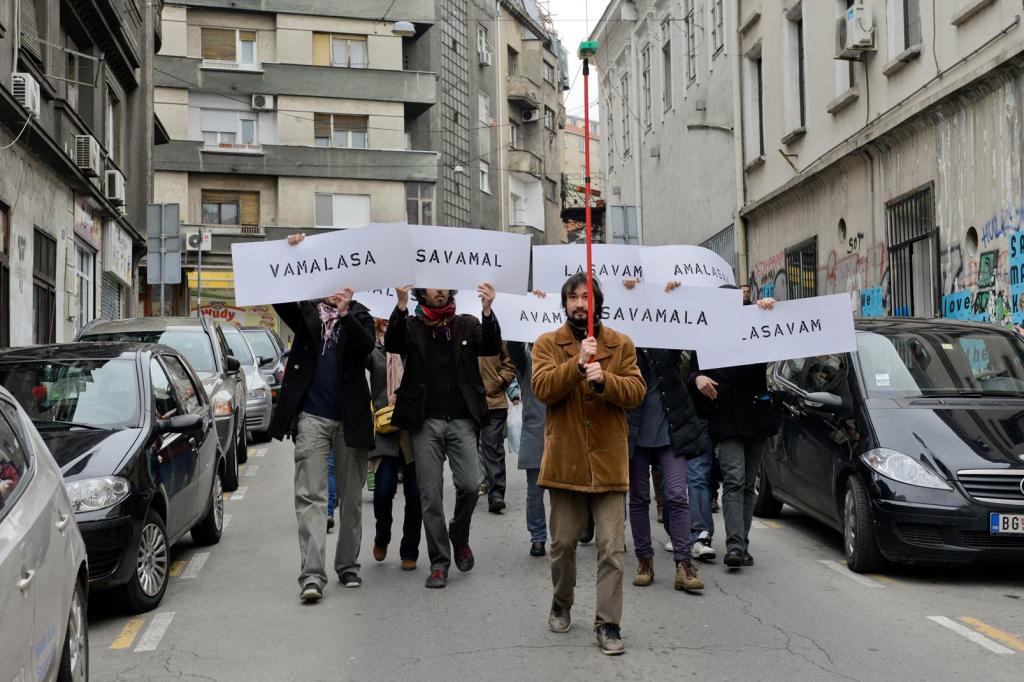
BELGRADE – THE URBAN INCUBATOR: BELGRADE
Urban Incubator: Belgrade is a project aimed at upgrading a disadvantaged Belgrade
district, Savamala. Not planners, politicians or investors, but instead artists, architects,
activists and the residents of Savamala work together on the future of this urban
neighborhood. In 2013, ten local and international projects from the areas of art,
architecture, urban construction and social networking lived in Savamala, and have already
left their traces – on location in Savamala and in the awareness of the public. After
successful work plans are now underway for Urban Incubator: Belgrade to transition into
greater responsibility on the part of local project actors.
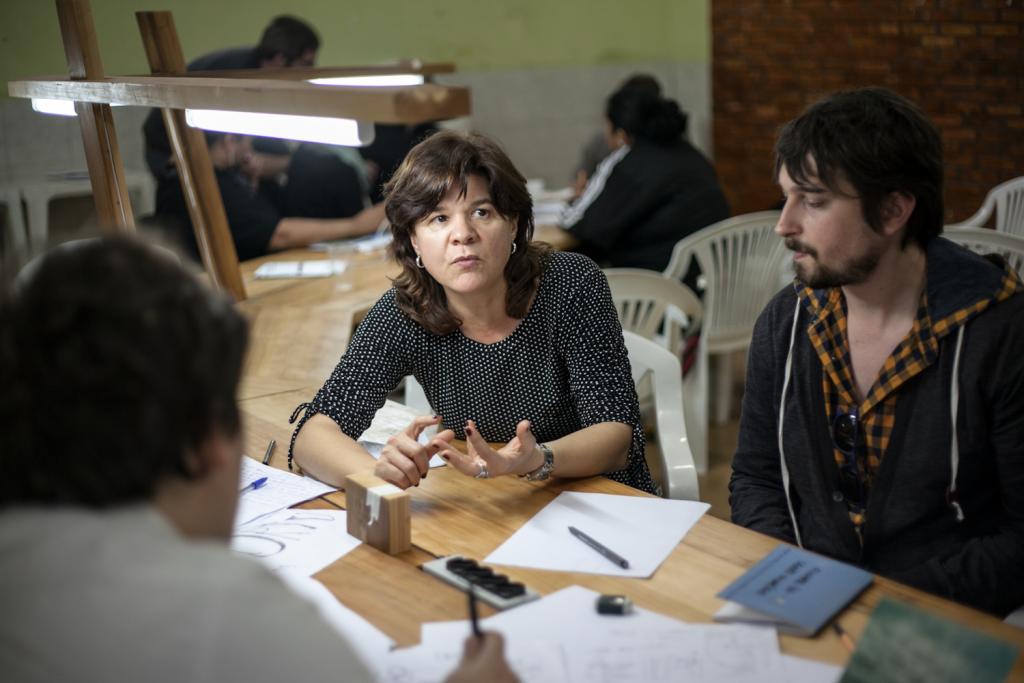
CURITIBA, PORTO ALEGRE, SALVADOR DE BAHIA, SÃO PAULO – NÓS BRASIL! WE BRAZIL!
How can Curitiba become a “Smart City” once again? What role is participatory budgeting
still playing in Porto Alegre? What did urban activism successfully achieve in Salvador? How
does the so-called “New Middle Class” view its city in São Paulo and Brazil? On the Y-Tables
developed by Luis Berrios Negron, during the project Nós Brasil! We Brazil!, possible
answers were thought out and new networks created.
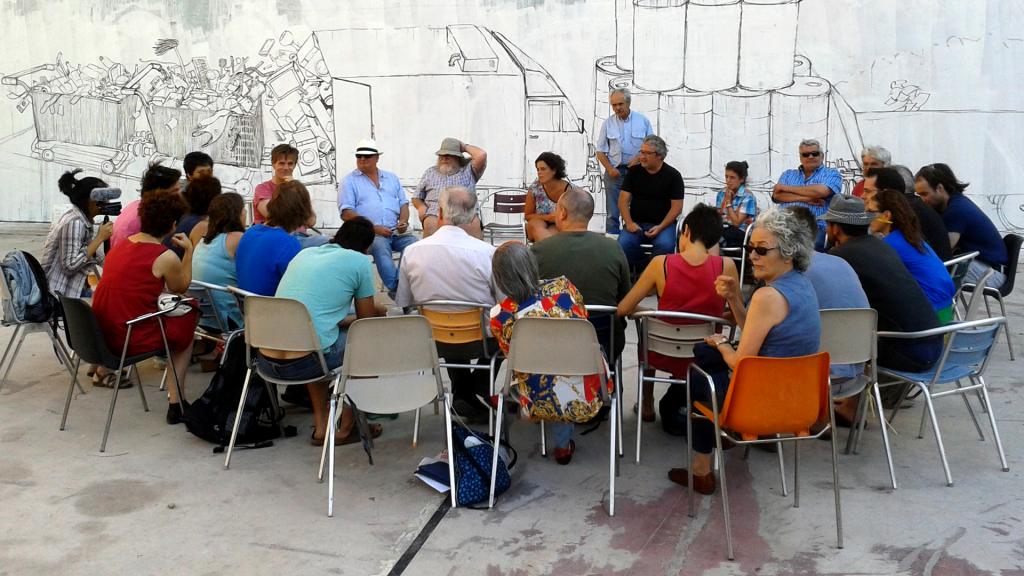
MADRID, TURIN, BERLIN, LISBON, TOULOUSE – WE-TRADERS. SWAPPING CRISIS FOR CITY
What is to be done about the crisis that particularly has south-western European cities, but
also German municipalities in its grip? The project We-Traders envisages citizens as key
stakeholders for the future of the city and brings together 25 citizens’ initiatives from five
cities in a dialog. All share the fact that they are redefining the relationship between
value, profit and the public good. In 2014, this jointly produced travelling exhibition will
become a marketplace for new ideas to stem the crisis.
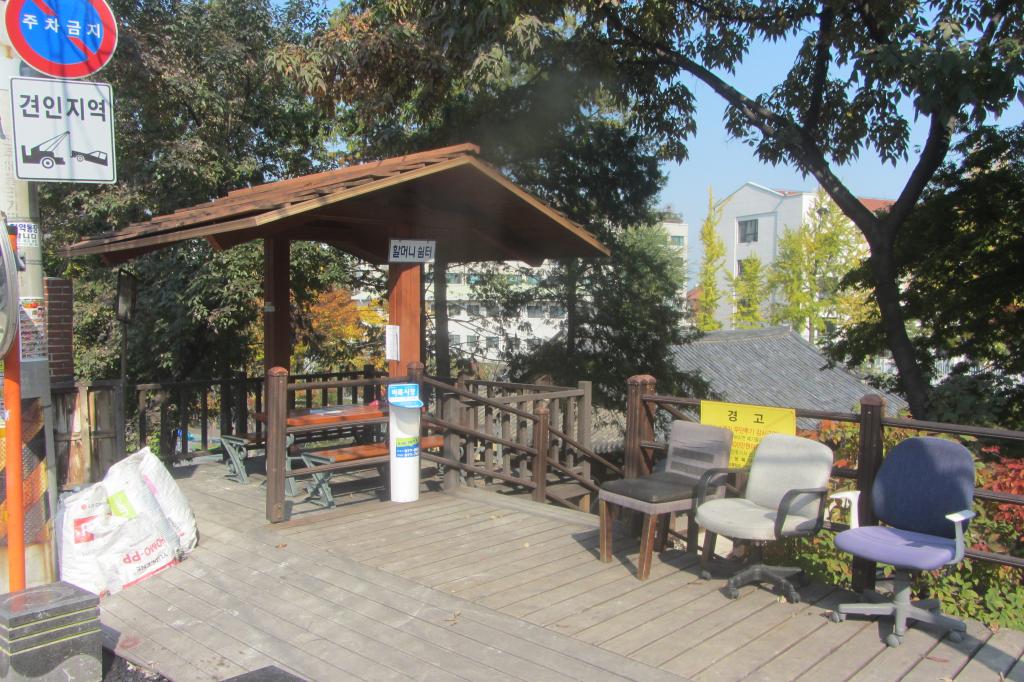
SEOUL – CHANGSU MAEUL
What happens when an old residential area in the shadows of high-rise buildings in the
megacity of Seoul eludes the covetousness of speculators? The residents have been living
there for decades, and are now struggling with narrow alleyways and steep stairs, which
above all in winter impedes provisioning and care. How can life for the elderly be
structured in such an environment? Social structures must be strengthened to guarantee
exchange and mutual support. As part of the project, meeting points that are available
yearround arise that support the residents’ solidarity and networks.
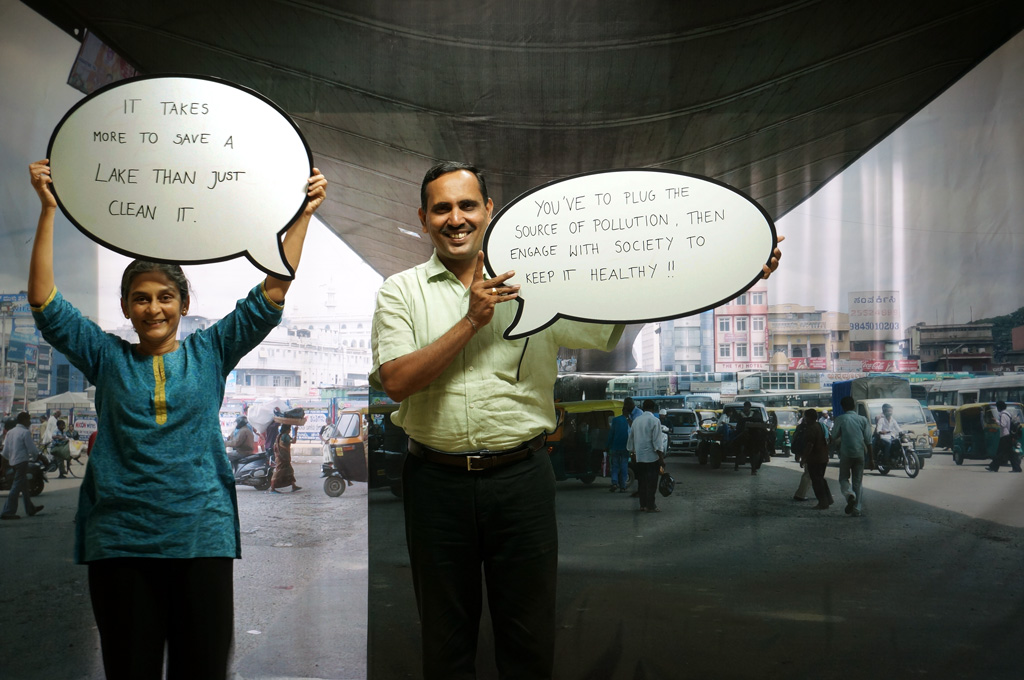
BANGALORE – NEXTBANGALORE
Based on a crowdsourcing platform, the project NextBangalore integrates residents as key
stakeholders in Bangalore’s urban evolution. NextBangalore not only initiates a
participatory platform but also enables and encourages discussion of residents‘ questions
and ideas. It links them up, integrates them in a creative process and engages in
interaction with the residents. Thereby not only an open and visible knowledge platform
emerges, but above all a catalyzer for existing urban development.
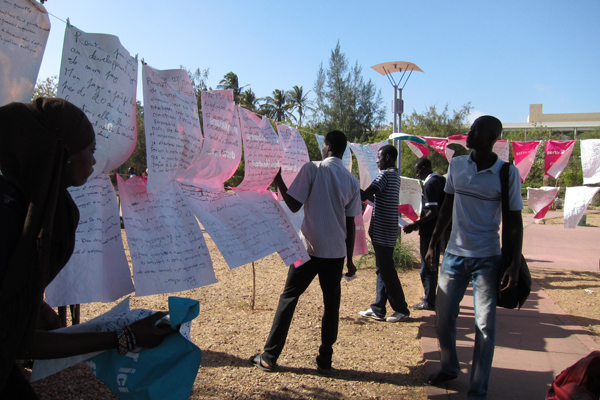
DAKAR – THE LAST VILLAGE
Each year, 100,000 people move from rural areas to the 2-million strong metropolis of
Dakar. They have to get there, they want housing and need employment. New economic
and social networks are arising, frequently transnational in nature, that are transforming
both the city as well as the villages. The project The Last Village studies these changes and
offers these new urban stakeholders a platform with artistic and scientific tools.
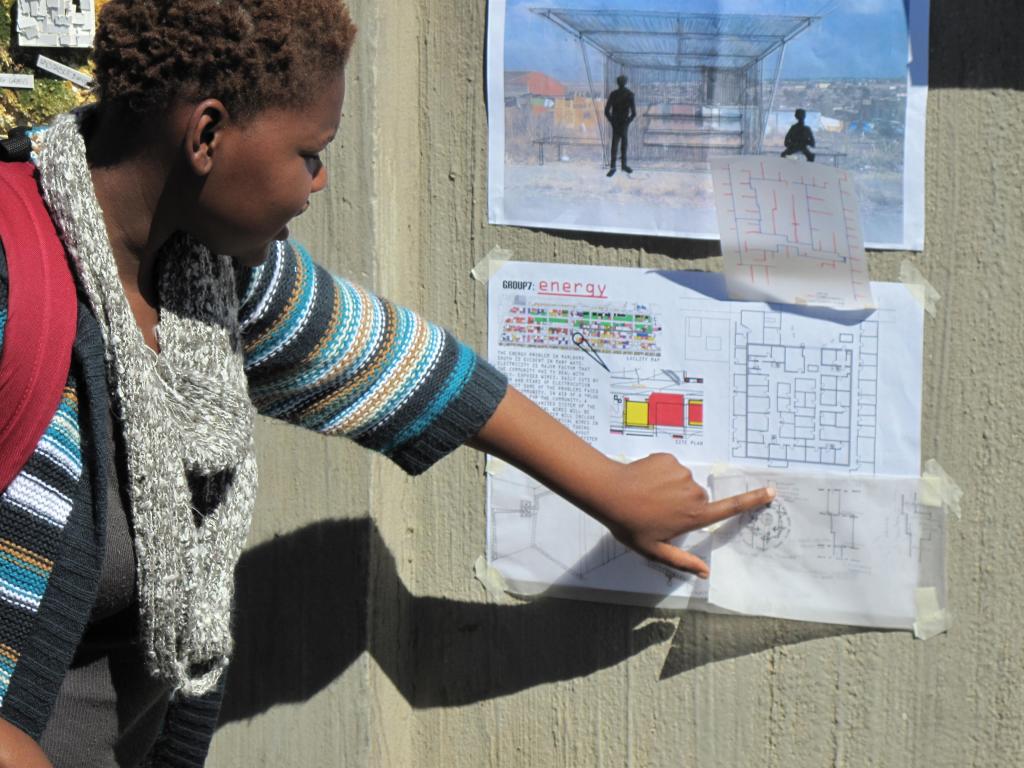
JOHANNESBURG – MARLBORO SOUTH
Marlboro South is an informal settlement in Johannesburg that arose in vacant factory
buildings. What does the future of this living environment look like? Architecture students
and residents have made maps, documented living conditions and searched for possibilities
for improvement. The maps, videos and models document a unique dialog about the future
of urban construction in which decisions are not made without consulting the residents,
but instead jointly with them.
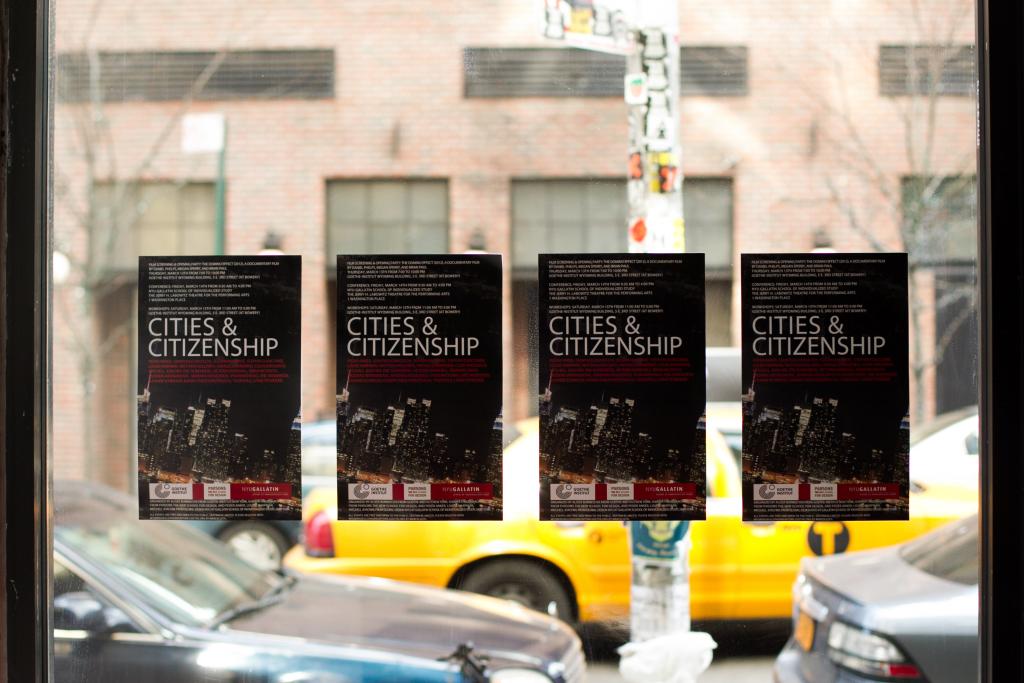
NEW YORK – CITIES AND CITIZENSHIP
Despite a rich trove of knowledge about climate change consequences there is a pervasive
absence of decisive political action. The project Cities and Citizenship explores possible
cross-overs between design and environmentalism to make an impact on these issues.
Discussion round tables and workshops will explore whether design can provide new and
richer tools for strengthening citizenship and advancing human responsibilities.
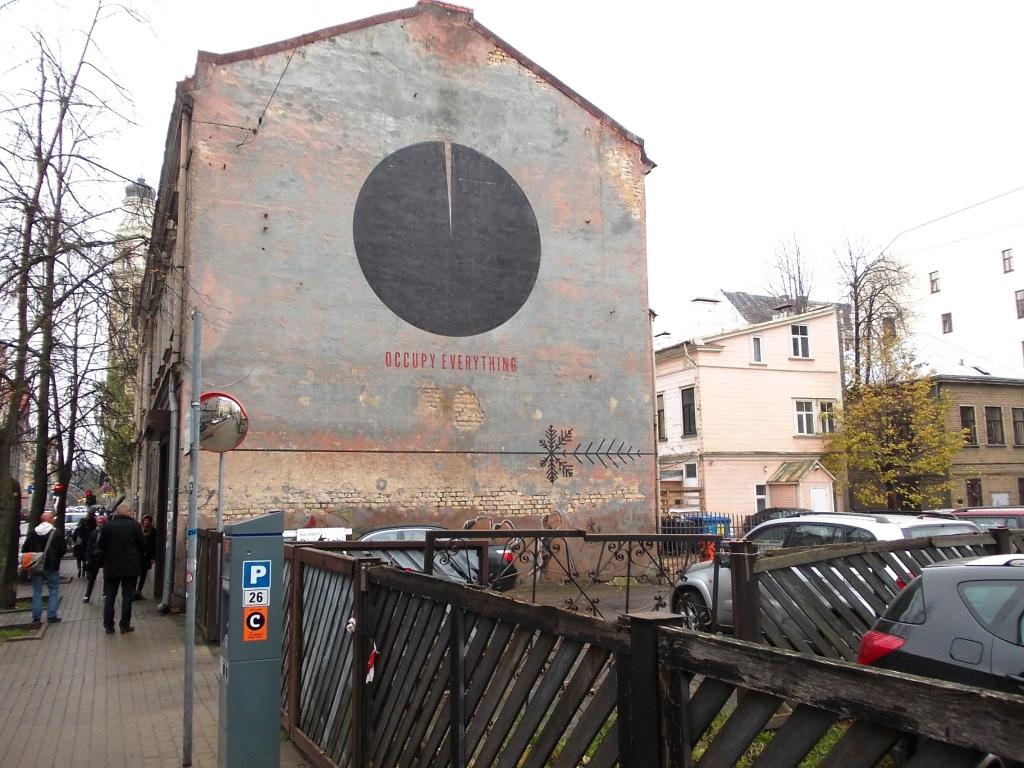
RIGA – EMPTY SPACES
Empty Spaces is a platform that links independent cultural producers in Riga. The primary
issue here is how to spotlight the added value of vacant buildings and industrial surfaces in
the European Cultural Capital of 2014, and how they can be utilized. In the project,
stakeholders investigate how these vacant spaces can be filled with life in the future,
apart from neoliberal economic and financial interests.
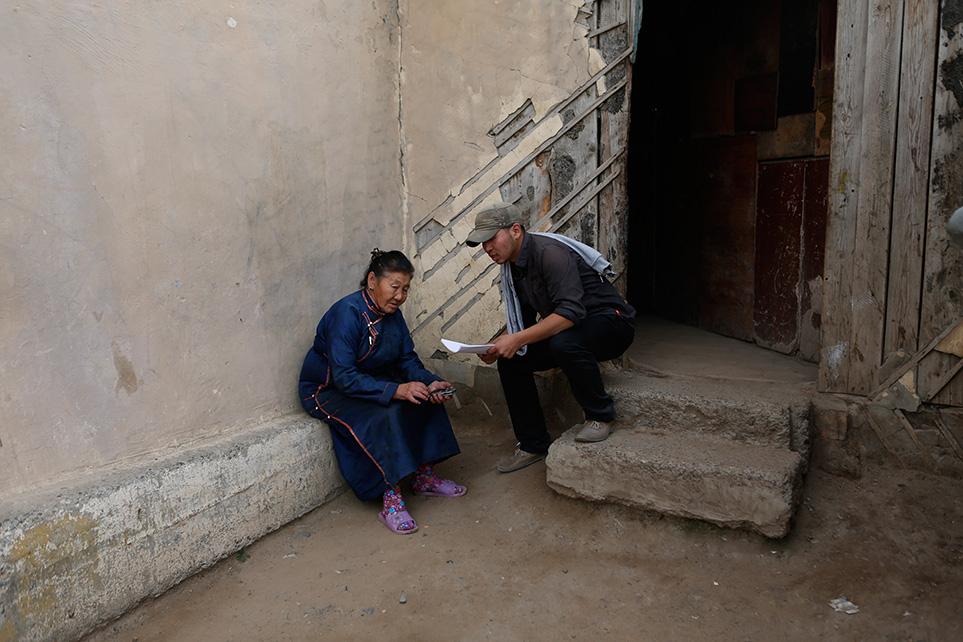
ULAN BATOR – NOMAD CITY
60% of Ulan Bator’s inhabitants live in ger (yurt) settlements. Living conditions are
precarious. In many places, running water and power are lacking. Improvised heating
systems pollute the entire city. And yet, ger are more than a Mongolian analog of informal
settlements or slums. Nomad City – a co-operation between Mongolian and German
students – studies the possibility of a cultural and physical redefinition of the ger. Is the
integration of the yurt as traditional nomad housing meaningful and possible in the
structures of contemporary cities?
Weltstadt Exhibition
In May 2014 the results of all ten WELTSTADT projects were exhibited during a month-long exhibition at the German Architecture Center (DAZ) in Berlin.
Furthermore, a diverse range of actors and experts from these ten cities came together for a day-long conference at DAZ to share their lessons-learned and experiences. The discussion evolved around five key themes (New Civil Society, The City as Collective Performance, Self-Organization and Public Administration, New Middle Class and Informal Formal Strategies).
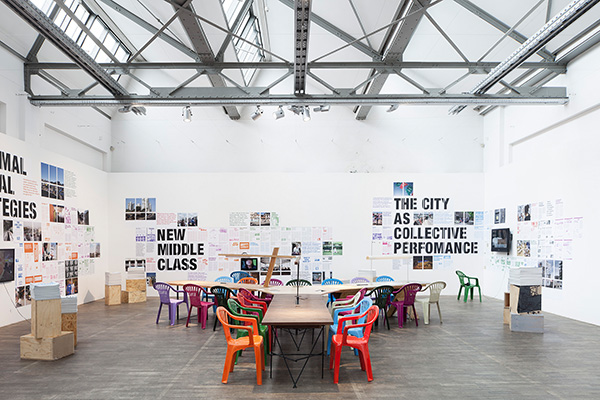
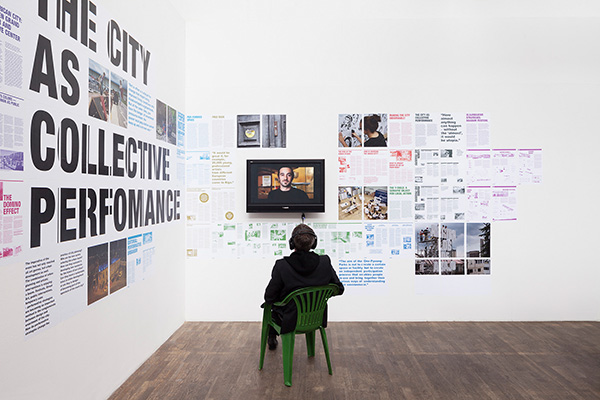
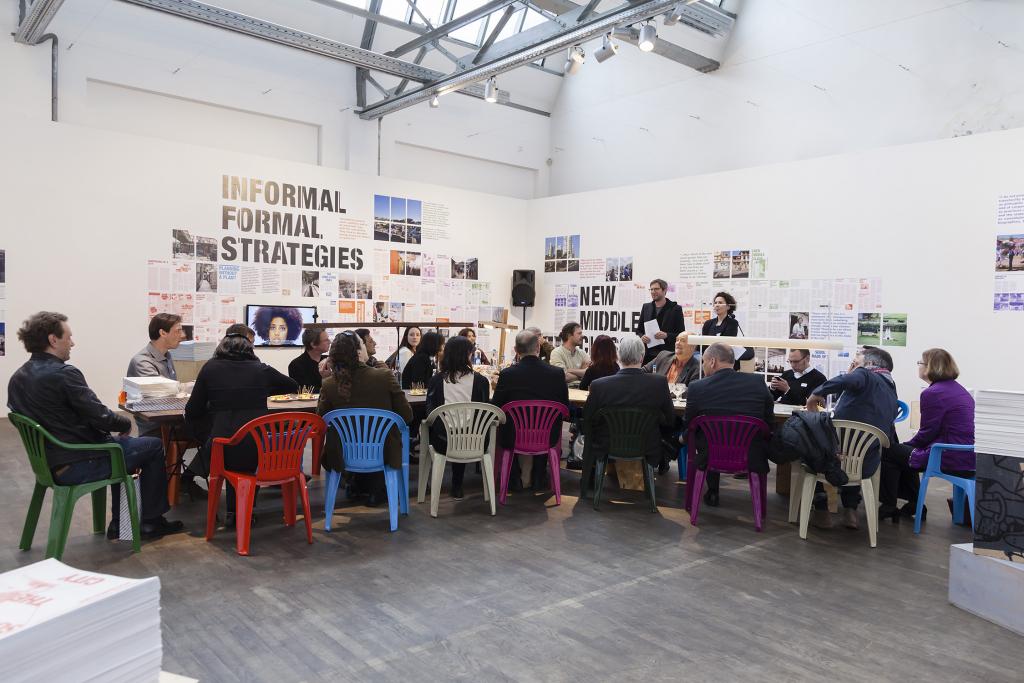
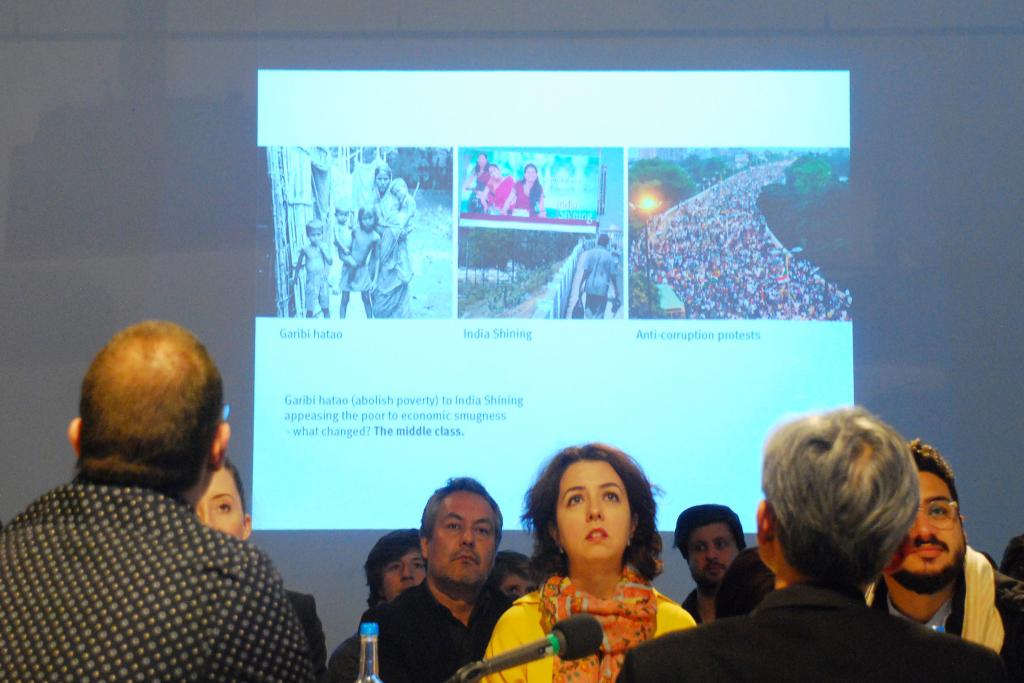
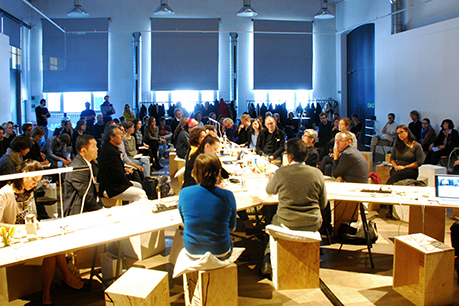
All images © Goethe-Institut / DAZ
Weltstadt Blog
The blog serves as the showcase of WELTSTADT and aims to ease communication among the projects by making cross-links visible through reoccuring tags. One can find reports about the projects as well as free downloads of the theme-bases newspapers that were produced for each city.
